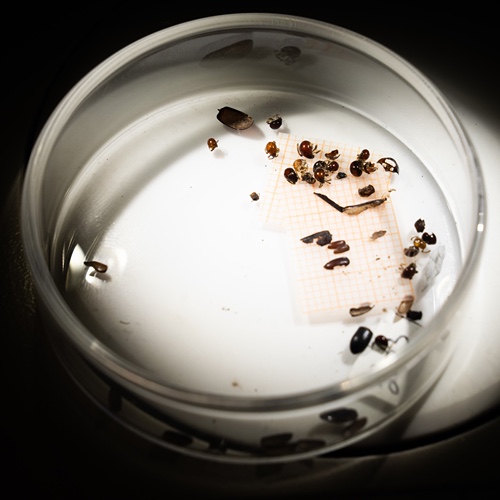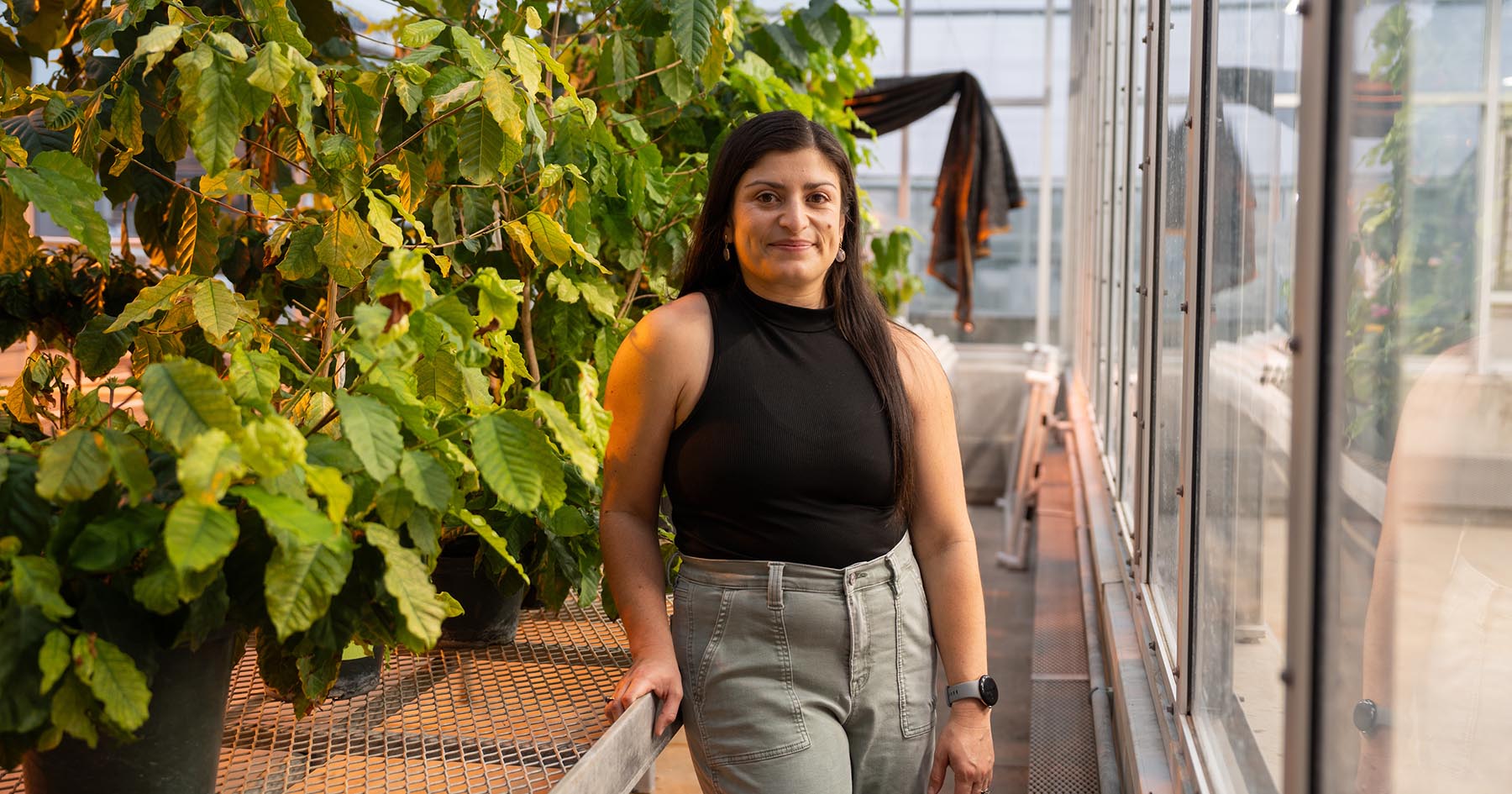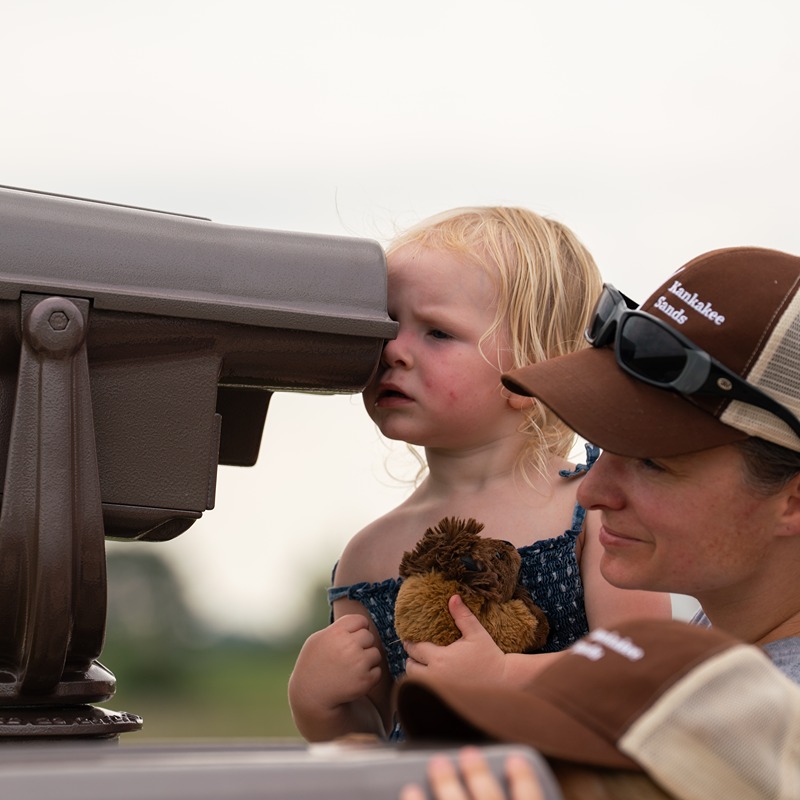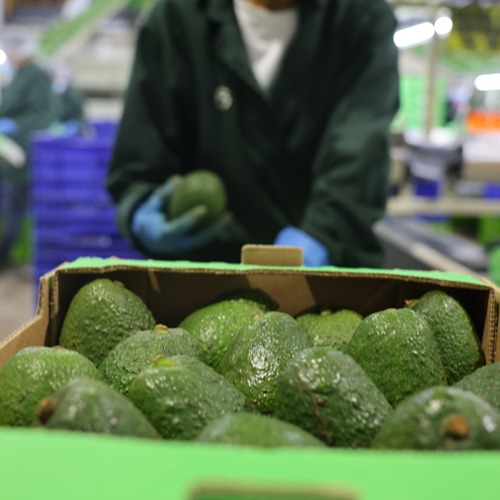Tyner: Gas prices expected to remain low this summer
With Memorial Day and the start of the summer driving season, Purdue University energy economist Wally Tyner believes reduced demand and higher inventories will help keep the brakes on oil prices.
“This week, OPEC agreed to extend their production cuts through March of 2018,” said Tyner, James & Lois Ackerman professor of Agricultural Economics. “However, all their production cuts have done so far is keep crude oil prices from falling. The big reason the cuts have had little impact on crude oil prices is that U.S. shale oil production has been growing rapidly. In fact, US shale oil production has grown 600,000 barrels per day since the OPEC cuts were first announced.”
By the end of this year, it is likely that U.S. shale oil production will have grown 1.2 million barrels per day, Tyner said, equaling the total cut by OPEC - the Organization of Petroleum Exporting Countries.
“In other words, by propping up the crude oil price at around $50 per barrel, OPEC has provided incentives for increased investment and drilling by U.S. producers,” said Tyner. “Shale oil production costs have fallen by about 30 percent over the past three years, making it profitable to produce in many fields at $50 per barrel. This dynamic is the major driver of keeping summer prices this year near where they have been recently.”
In addition, two other factors come into play, he said:
* Demand is lower this year than last year because, even though consumers are driving more, they are driving more fuel efficient cars and the reduced demand puts downward pressure on prices.
* Inventories of both crude oil and gasoline are above their five-year average, which tends to depress prices.
The U.S. Department of Energy projects gasoline prices to average $2.39 per gallon this summer nationally. Prices in the Midwest tend to be a bit lower than the national average, according to Tyner.
“We can expect prices this summer generally to range between $2.10 and $2.50 per gallon. Prices this summer will be a bit higher than last summer but the second lowest since 2009.”





